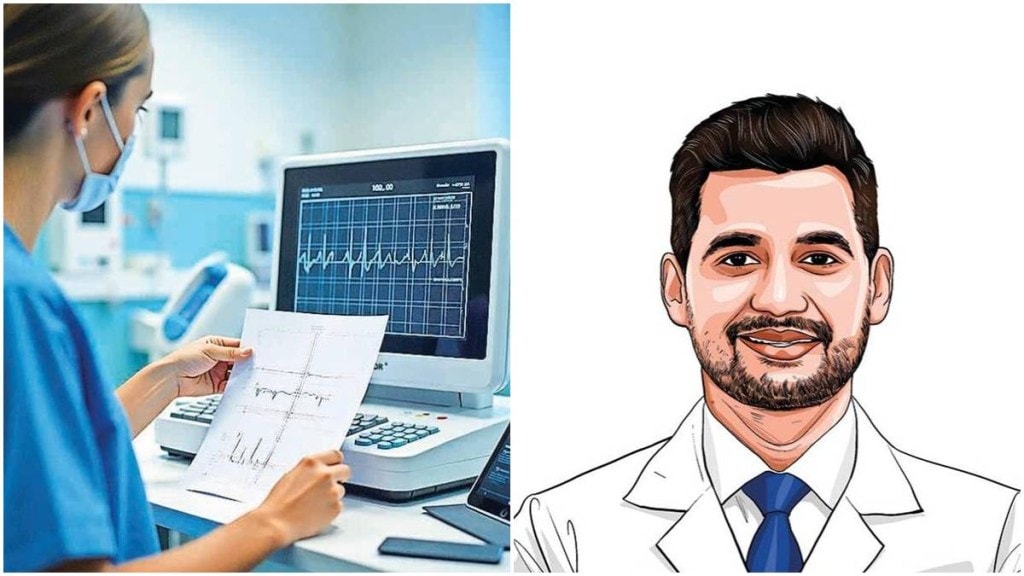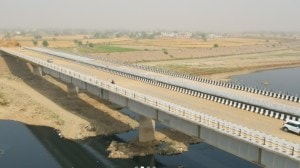By Niranjan Hiremath
Heart disease continues to be the single biggest cause of death across the world, claiming nearly one in three lives. Doctors know that early detection is the best defence, yet for decades this has relied either on visible symptoms or invasive testing. AI is finding its way into the practice of cardiology, not as a replacement for the doctor, but as a partner that quickens the process of diagnosis.
An ECG, an echocardiogram, or an angiogram generates information that takes years of training to interpret. Now, AI-based tools can highlight irregularities that might be missed at first glance. In places like the United States and Europe, algorithms are already used to standardise echocardiogram images and support doctors in detecting conditions such as hypertrophic cardiomyopathy or valve disease. The outcome is fewer mistakes and earlier intervention.
AI powered wearable technology
The rise of wearable technology has taken heart monitoring beyond the hospital ward. Smartwatches and small sensors can record heart rhythm and oxygen levels through the day, even producing basic ECG readings. What makes this useful is the ability of AI to turn a stream of raw signals into meaningful alerts. Patients can be warned of atrial fibrillation or stress on the heart before symptoms show up.
For India, this could be a turning point. Cardiologists are concentrated in large cities, leaving many smaller towns without expert care. Remote monitoring systems powered by AI can give doctors enough information to spot trouble early and send patients to specialists before it is too late.
Perhaps the most promising use of AI is not in spotting present disease but in predicting future risk. By bringing together medical history, lifestyle data, images, and even genetics, new models can calculate the chance of a heart attack or stroke well before it happens. For Asian populations, where patterns of diet and genetics differ from the West, such tailored models could provide far more accurate guidance on prevention.
Adoption has not been simple. Clinical trials and regulatory approval take time. Hospitals must need to fit these systems into their existing infrastructure, which is a daunting task. The digital divide is another barrier. Big hospitals may invest in sophisticated technology, but smaller clinics struggle with cost and connectivity.
India’s rural healthcare gap can benefit from Ai driven cardiac tech
India has a serious challenge. Heart disease is responsible for nearly 28% of deaths in the country. At the same time, the government’s focus on digital health and a vibrant medtech startup sector have opened doors for innovation. AI-driven ECG analysis and cloud-based cardiac diagnostics are already being piloted. If scaled properly and effectively, these could help semi-urban and rural populations where patients often reach hospitals too late.
AI is not a cure for heart disease, but it is reshaping how care is delivered. It picks up early warning signs, brings more consistency to imaging, supports doctors in remote areas, and predicts risk well before symptoms appear. For patients, it means earlier treatment and fewer invasive tests. For doctors, it means an extra layer of support in decision-making.
The future of cardiology will still rest in the hands of specialists. Yet with the right safeguards and wider access, AI could help shift the focus from treating heart disease to preventing it.
The writer is surgical lead, Indraprastha Apollo Hospital, New Delhi.







